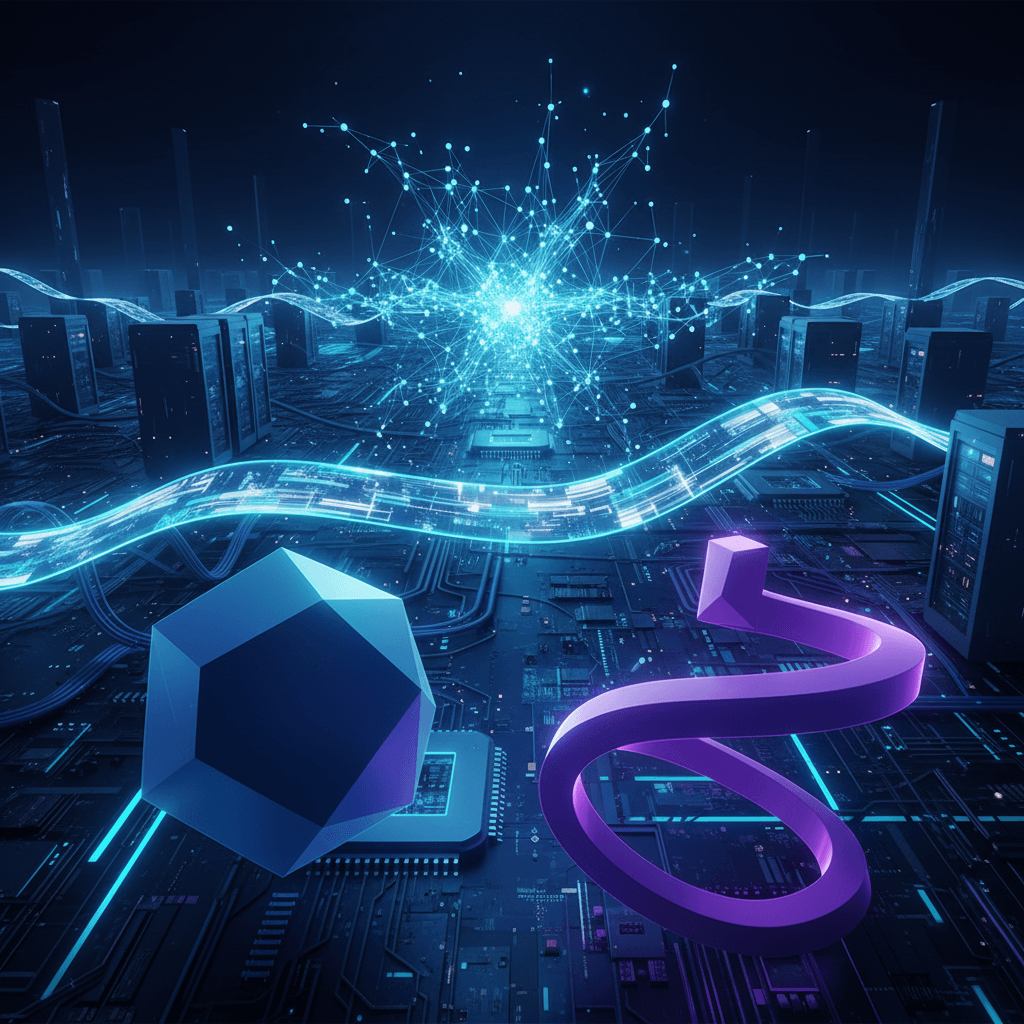Anthropic secures massive Google TPU access, intensifying AI compute arms race.
Anthropic's massive Google Cloud deal for TPUs highlights the multi-billion dollar compute race and strategic AI infrastructure shifts.
October 24, 2025

In a move that reverberates through the artificial intelligence industry, AI safety and research company Anthropic has announced a landmark expansion of its partnership with Google Cloud, securing access to up to one million of Google's custom-designed Tensor Processing Units (TPUs).[1][2][3][4] This multi-year agreement, valued in the tens of billions of dollars, is one of the largest publicly disclosed cloud computing deals to date and signals a dramatic escalation in the race for the computational power needed to build and train next-generation AI models.[5][2][6][7] The deal provides Anthropic with the massive infrastructure required to advance its family of AI models, known as Claude, and to meet surging demand from its rapidly growing enterprise customer base. For Google, it represents a monumental validation of its custom AI silicon and a significant strengthening of its position in the fiercely competitive cloud infrastructure market.
The sheer scale of the agreement underscores the immense resources now required to stay at the forefront of AI development. Anthropic will gain access to well over a gigawatt of computing capacity that is expected to come online in 2026.[1][4][8] This massive expansion of compute power is critical for Anthropic, which was founded by former OpenAI employees with a focus on AI safety, as it competes with rivals like OpenAI to develop increasingly sophisticated and capable large language models.[9][10] Anthropic has cited the price-performance and efficiency of Google's TPUs as key reasons for the expanded partnership, along with its existing experience in training and deploying its models on the specialized hardware.[1][5][4][11] The company's customer base has grown substantially, with over 300,000 business customers, and the number of large accounts providing over $100,000 in annual revenue has grown nearly sevenfold in the past year alone, necessitating this dramatic increase in capacity.[6][7]
This deepened alliance has significant strategic implications for both companies. For Anthropic, it diversifies its access to critical computing resources, a crucial strategy in a market where demand for AI chips often outstrips supply. While Anthropic maintains that Amazon Web Services (AWS) remains its primary cloud provider and a key partner in projects like the "Project Rainier" supercomputer, this landmark deal with Google signals a sophisticated multi-cloud, multi-chip strategy.[5][6][12] The company utilizes a combination of Google's TPUs, Amazon's Trainium chips, and Nvidia's GPUs, ensuring it is not beholden to a single provider and can leverage the most efficient platform for specific tasks.[6][12] This approach is becoming a hallmark of major AI players who need to secure vast, reliable, and cost-effective computational power to fuel their research and product development.
For Google, Anthropic's commitment is a major victory for its cloud division and its long-term investment in custom hardware. TPUs are application-specific integrated circuits (ASICs) developed by Google specifically for AI and machine learning workloads, offering an alternative to the more general-purpose GPUs that dominate the market.[13][14][10] Having a leading AI firm like Anthropic make such a substantial commitment to TPUs validates their performance and cost-effectiveness on a massive scale, potentially attracting other AI developers to the Google Cloud platform.[5][11] The deal not only generates a massive revenue stream for Google Cloud but also solidifies its role as a core infrastructure provider in the AI revolution, competing directly with Microsoft's partnership with OpenAI and Amazon's own extensive AI ecosystem.[15][16]
The agreement between Anthropic and Google is more than a simple transaction; it is a clear indicator of the symbiotic, and hugely expensive, relationships forming between AI model developers and the cloud giants that possess the necessary infrastructure. The development of advanced AI is fundamentally gated by access to immense computational power, leading to an "AI arms race" where securing long-term access to chips and data center capacity is paramount.[5][15][10] These multi-billion-dollar deals are reshaping the technology landscape, concentrating power within a handful of heavily-capitalized companies and cloud providers. As AI models become more integrated into the economy, the strategic alliances and infrastructure decisions being made today will undoubtedly influence the trajectory of innovation and competition for years to come.
Sources
[10]
[11]
[13]
[14]
[15]
[16]